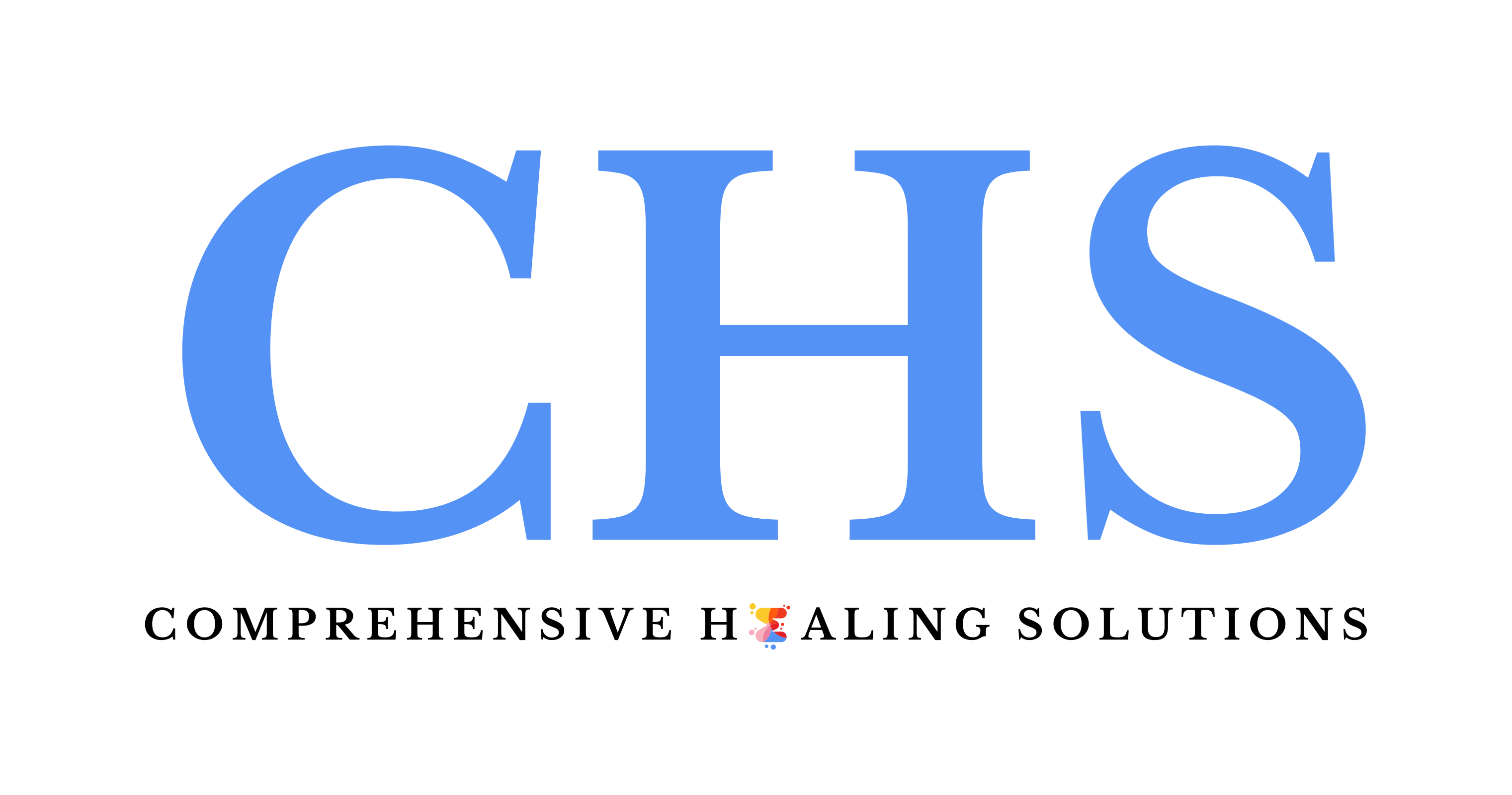Mind-Body Therapy: Connecting Physical and Mental Wellness
Mind-Body Therapy integrates the connection between the mind and body to treat psychological and physical health issues. This therapeutic approach encourages individuals to use the power of the mind to influence bodily functions and vice versa, promoting holistic health.
Mind-Body Therapy is based on the principle that the mind and body are intricately connected and that mental states can profoundly influence physical health and vice versa. This therapeutic approach includes a variety of techniques and practices that leverage this connection to promote overall well-being. It is commonly used to treat mental health conditions like anxiety, depression, and stress-related disorders, as well as physical health conditions such as chronic pain, hypertension, and immune disorders.
Mind-body interventions include practices like yoga, meditation, biofeedback, breathing exercises, guided imagery, and relaxation techniques. The therapy’s goal is to enhance mental clarity, emotional stability, and physical health by fostering awareness and balance between thoughts, emotions, and bodily sensations.
The Science Behind Mind-Body Connection
The understanding of the mind-body connection has evolved over centuries, with modern science providing evidence of how mental states, stress, and emotions can directly impact physical health. For instance, stress has been shown to contribute to increased inflammation, higher blood pressure, and impaired immune response, all of which can exacerbate physical illness. Conversely, relaxation, positive emotions, and mindfulness practices have been found to reduce stress and enhance physical health outcomes.
Research into neuroplasticity, which demonstrates the brain’s ability to change in response to behavior and environment, further supports the mind-body connection. Practices such as mindfulness meditation have been shown to create structural changes in the brain, enhancing areas related to emotional regulation, empathy, and cognitive function.
Applications of Mind-Body Therapy
Mind-Body Therapy is versatile and can be adapted to various mental and physical health conditions. Below are some key applications:
- Stress Reduction: Mind-body practices such as meditation, yoga, and deep breathing exercises help activate the parasympathetic nervous system, which counteracts the "fight or flight" response and promotes relaxation.
- Chronic Pain Management: Techniques like biofeedback and mindfulness-based stress reduction (MBSR) have been shown to help patients manage chronic pain by altering their perception of pain and reducing stress-related pain triggers.
- Anxiety and Depression: Mind-Body Therapy encourages mindfulness, which helps individuals become aware of negative thought patterns and emotional states without becoming overwhelmed by them. This practice has been effective in managing anxiety and depression.
- Physical Health Conditions: Conditions like heart disease, high blood pressure, and gastrointestinal issues have been shown to improve with mind-body interventions that reduce stress and improve emotional well-being.
Types of Mind-Body Therapy Techniques
- Meditation and Mindfulness: These practices involve training the mind to focus on the present moment, improving self-awareness, reducing stress, and enhancing emotional well-being.
- Yoga: Combining physical postures, breath control, and meditation, yoga strengthens the body while calming the mind, promoting both mental and physical balance.
- Biofeedback: This technique involves using electronic monitoring devices to provide real-time feedback about physiological functions like heart rate and muscle tension, helping individuals gain control over their bodily responses to stress.
- Guided Imagery: This involves focusing on positive mental images to help relax the mind and body, which has been found to reduce stress and improve health outcomes.
- Progressive Muscle Relaxation: This practice involves systematically tensing and relaxing muscle groups, helping individuals release physical tension and stress.
Benefits of Mind-Body Therapy
Mind-Body Therapy provides numerous benefits, including:
- Improved Emotional Regulation: Practices like mindfulness help individuals manage emotions more effectively, reducing symptoms of anxiety and depression.
- Enhanced Physical Health: By reducing stress and promoting relaxation, mind-body techniques can improve physical conditions like chronic pain, high blood pressure, and gastrointestinal disorders.
- Greater Self-Awareness: Mind-body practices promote introspection, allowing individuals to understand their thought patterns, emotions, and physical sensations more deeply.
- Better Coping Skills: These practices help individuals develop healthier responses to stress and life challenges, fostering resilience.
Challenges and Considerations
While Mind-Body Therapy offers many benefits, it is not a one-size-fits-all approach. Some individuals may find it difficult to engage in practices like meditation or yoga due to physical limitations, mental health conditions, or a lack of interest in these practices. It is important for therapists to tailor mind-body interventions to suit the individual needs of each client.
Additionally, the scientific rigor behind some mind-body practices is still evolving, and more research is needed to understand the full range of their effects. Despite these challenges, Mind-Body Therapy remains a powerful tool for promoting holistic health and well-being.
Conclusion
Mind-Body Therapy emphasizes the interconnectedness of mental and physical health. By addressing both, individuals can achieve a more balanced, holistic state of well-being. With techniques like meditation, yoga, biofeedback, and progressive relaxation, Mind-Body Therapy offers valuable tools for managing a wide range of mental and physical health conditions. As research into the mind-body connection continues to grow, this therapeutic approach will likely play an increasingly important role in both mental health and physical wellness.
Tags: Mind-Body Connection, Holistic Health
Schema Therapy: Breaking Unhelpful Life Patterns
Short Description: Schema Therapy is an integrative approach that combines cognitive-behavioral, attachment, and psychodynamic therapies to help individuals identify and change negative life patterns (schemas) that are rooted in early childhood experiences. This therapy aims to transform deeply ingrained beliefs and behaviors that negatively impact an individual’s emotional well-being and relationships.
Content (6000 words):
Introduction to Schema Therapy
Schema Therapy was developed by Jeffrey Young in the 1990s as an extension of traditional cognitive-behavioral therapy (CBT). It focuses on identifying and changing maladaptive schemas—deeply ingrained patterns of thinking, feeling, and behaving that are often developed in childhood and reinforced throughout life. These schemas can be related to unmet emotional needs, such as abandonment, mistrust, emotional deprivation, or a sense of unworthiness.
While CBT primarily addresses surface-level thoughts and behaviors, Schema Therapy goes deeper, targeting the core beliefs and emotional patterns that drive dysfunctional behaviors and relationships. It integrates techniques from various therapeutic approaches, including cognitive-behavioral, attachment, experiential, and psychodynamic therapies, to help individuals break free from self-defeating patterns and develop healthier ways of thinking and relating to others.
The Core Concepts of Schema Therapy
Schema Therapy is built on several key concepts:
- Schemas: These are deeply ingrained patterns of thought, emotion, and behavior that develop in response to early life experiences, particularly those involving unmet emotional needs. Schemas can be positive or negative, but in the context of therapy, the focus is on maladaptive schemas that negatively impact an individual’s life.
- Maladaptive Coping Styles: To deal with painful schemas, individuals may develop maladaptive coping styles, such as avoidance, surrender (accepting the schema as true), or overcompensation (behaving in the opposite way). These coping styles can perpetuate the negative impact of the schema.
- Schema Modes: Schema modes refer to the different emotional and cognitive states individuals shift between in response to triggering situations. Common modes include the Vulnerable Child (experiencing deep emotional pain), the Angry Child (expressing frustration and anger), the Punitive Parent (self-critical and blaming), and the Healthy Adult (balanced and rational).
- Emotional Needs: A central tenet of Schema Therapy is that early unmet emotional needs contribute to the development of maladaptive schemas. These needs include secure attachment, safety, autonomy, love, and validation.
Identifying and Changing Maladaptive Schemas
The first step in Schema Therapy is to identify the maladaptive schemas that are influencing the individual’s behavior. Common schemas include:
- Abandonment: The belief that important relationships will end or people will leave, resulting in feelings of insecurity and neediness.
- Mistrust/Abuse: The belief that others will hurt, betray, or take advantage of you.
- Emotional Deprivation: The belief that emotional needs for support, attention, and nurturing will not be met.
- Defectiveness/Shame: The belief that you are inherently flawed, unworthy, or unlovable.
- Failure: The belief that you will inevitably fail or fall short of expectations, leading to feelings of inadequacy and incompetence.
Once these schemas are identified, the therapist works with the individual to understand how these schemas developed and how they continue to affect current thoughts, feelings, and behaviors.
Breaking Free from Schemas
Schema Therapy uses a variety of techniques to help individuals break free from their schemas and develop healthier patterns of thinking and behavior. These techniques include:
- Cognitive Restructuring: Challenging and changing the negative beliefs associated with the schema. For example, an individual with a defectiveness/shame schema might work on recognizing that their feelings of unworthiness are not based on reality.
- Experiential Techniques: These techniques, such as imagery re-scripting or role-playing, help individuals access and process deep emotional experiences related to their schemas. This allows them to reframe early traumatic experiences in a healthier way.
- Behavioral Interventions: The therapist helps the individual practice new, healthier behaviors that contradict the old, maladaptive schemas. For example, someone with an abandonment schema might work on developing more secure attachment patterns in relationships.
- Limited Reparenting: The therapist provides a corrective emotional experience, offering validation, support, and guidance that the individual may not have received in childhood. This helps to meet the emotional needs that were unmet in early life.
The Role of Schema Modes
Schema Therapy also emphasizes the importance of understanding and managing different schema modes. The goal is to strengthen the "Healthy Adult" mode, which represents the rational, balanced, and emotionally stable part of the self, while addressing and healing the more vulnerable or reactive modes, such as the "Vulnerable Child" or "Punitive Parent."
Therapy helps the individual develop greater awareness of their schema modes, recognize when they are triggered, and learn how to shift from maladaptive modes to healthier, more constructive ways of thinking and behaving.
Schema Therapy in Practice
Schema Therapy has been shown to be particularly effective for individuals with personality disorders, chronic depression, and relationship difficulties. It is a long-term therapy that requires commitment and collaboration between the therapist and the individual.
While traditional cognitive-behavioral therapy may focus on short-term symptom relief, Schema Therapy is designed to address the deeper, underlying causes of emotional and psychological distress. By targeting the root of these issues, individuals can experience long-lasting change and break free from negative patterns that have dominated their lives.
Benefits of Schema Therapy
Schema Therapy offers numerous benefits, including:
- Deeper Understanding of Self: By exploring early life experiences and their impact on current behaviors, individuals gain a greater understanding of their core emotional needs and how these needs influence their thoughts and actions.
- Improved Emotional Regulation: Schema Therapy helps individuals develop healthier coping mechanisms, enabling them to manage emotions more effectively and reduce emotional reactivity.
- Better Relationships: By addressing maladaptive schemas related to attachment and trust, individuals can improve their relationships with others, develop more secure attachment styles, and reduce conflict in their personal lives.
- Increased Self-Compassion: Through the process of limited reparenting, individuals learn to provide themselves with the emotional support and validation they may have missed in childhood, leading to greater self-compassion and self-worth.
Conclusion
Schema Therapy is a powerful approach that helps individuals break free from unhelpful life patterns that have their roots in early childhood experiences. By identifying and challenging maladaptive schemas, individuals can develop healthier, more adaptive ways of thinking, feeling, and behaving. Through a combination of cognitive, behavioral, and experiential techniques, Schema Therapy offers a pathway to lasting emotional healing and personal growth.



